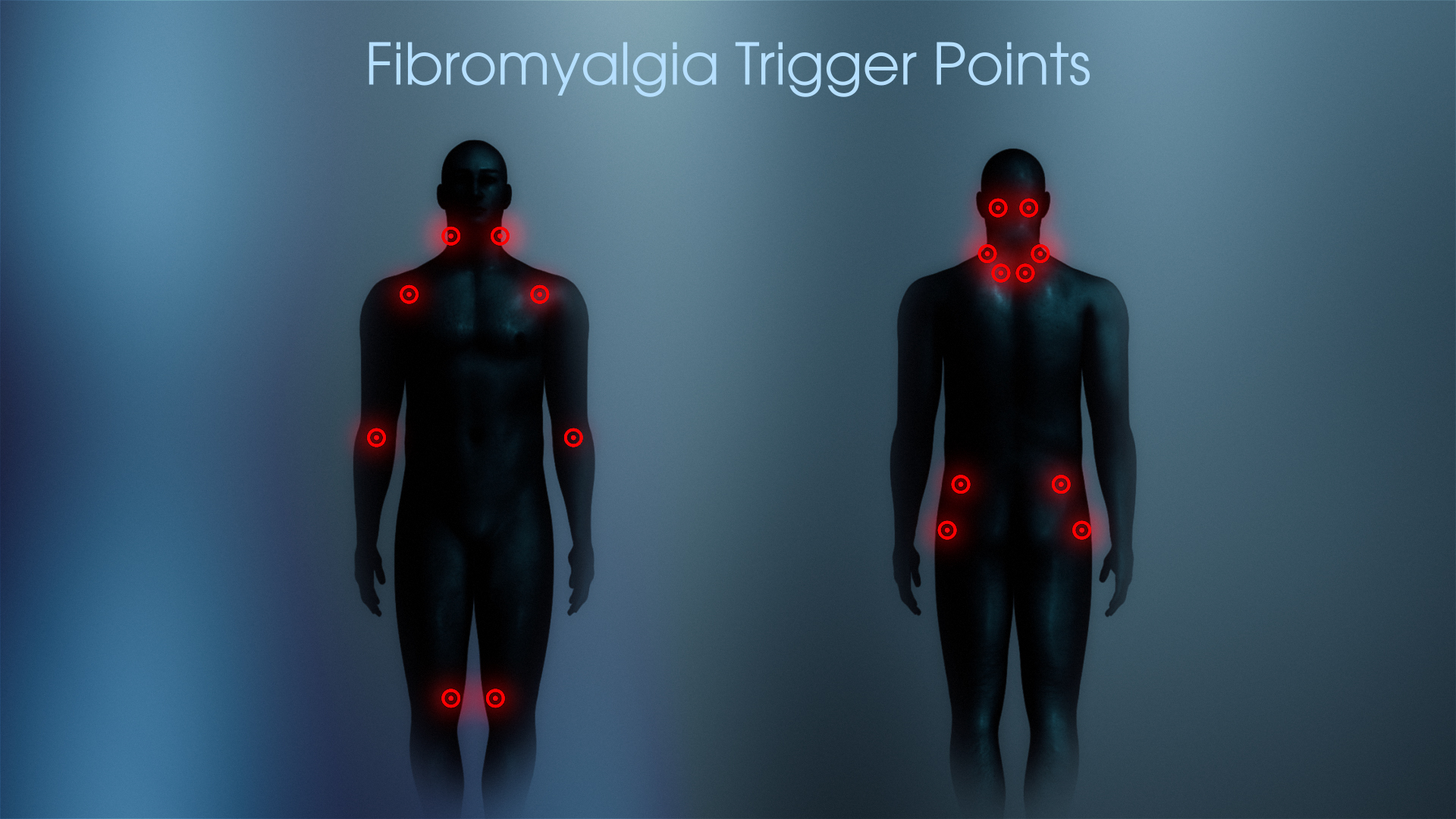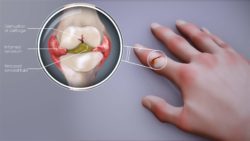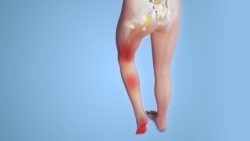In Fibromyalgia, there is widespread pain in the musculoskeletal system and there is an amplified response of pain in the body to even mild pressure. In this syndrome the muscles and soft tissues of the body are affected. Fibromyalgia is a long term disorder. Fibromyalgia is a condition that is diagnosed by first ruling out other diseases because there is no specific test for it. The symptoms cannot be measured by tests, and hence, fibromyalgia is often misdiagnosed as another disease. Approximately 6% of the people in the world are affected by fibromyalgia. Almost twice the number of women are affected by Fibromyalgia than the number of men.

Symptoms
The most common symptom of it is chronic muscle pain. If the pain is a kind of dull ache that affects a large part of the body and persists for at least 3 months then it is a symptom of fibromyalgia. Other common symptoms that accompany the pain are fatigue, trouble in sleeping, cognitive difficulties, headaches, depression and anxiety.
Causes
Specific causes of fibromyalgia haven’t been identified yet. This condition may run in the family and hence could be caused due to genetics. Infections may trigger or cause fibromyalgia. Physical trauma and psychological stress also contribute greatly to the development of it in people.
Treatment
There is no cure for it; so the emphasis in Fibromyalgia treatment is in managing pain, minimising other symptom, and improving quality of life. Medications that help in reducing the pain and improve sleep are pain relievers like ibuprofen and acetaminophen, antidepressants like duloxetine and milnacipran and antiseizure drugs like gabapentin. Lifestyle changes and alternative remedies are used in combination with the medication to lower stress and reduce the pain.
Physical therapy, regular exercise and a healthy diet are a very important part of the treatment for fibromyalgia.Other methods that may be used to supplement in reducing the symptoms of fibromyalgia are massage, meditation, yoga and acupuncture.
Over 4 million Americans have Fibromyalgia. While it can’t be cured, there are several methods to reduce the impact of the symptoms.
Disclaimer: The information in no way constitutes, or should be construed as medical advice. Nor is the above article an endorsement of any research findings discussed in the article an endorsement for any of the source publications.

Battling Rheumatoid Arthritis and other Rheumatic conditions with Unconventional Approaches
Rheumatoid arthritis is characterized by pain in the joints, caused by genetic, geographical and climatic factors. It can also result from a hyperactive immune system. Most of the rheumatic diseases affect joints, tissues that attach to joints, or muscles. Read More..

Sciatica: Causes, Pathophysiology, Management and Treatment
Sciatica happens as a result of irritation of the sciatic nerve (the largest nerve in the body) beginning in the lower back and extending down to the lower limb. Sciatica is often characterized by pain in buttock or leg (usually only on one side), especially when sitting, and numbness of foot and toes causing difficulty in movement. Read More..








